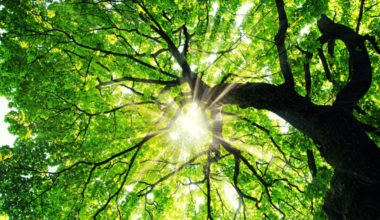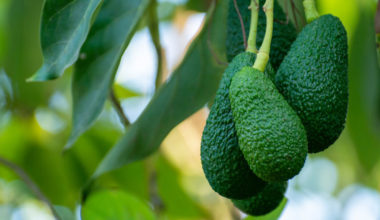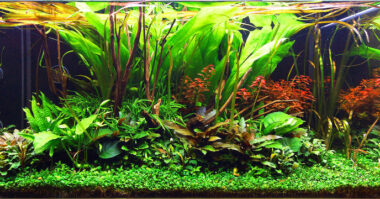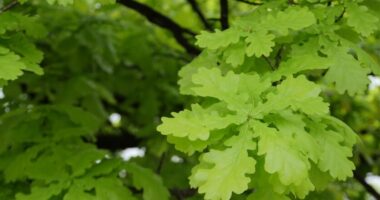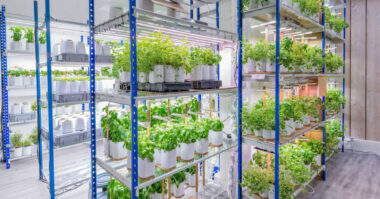During the vegetation period, several processes combine to allow the tree to feed itself and produce substances that produce the energy necessary for its life.
The tree feeds mainly on water, air and the sun’s rays (a phenomenon called photosynthesis).
The assimilation of water and mineral elements is done from the roots, coming from the destruction of the mother rock and the decomposition of organic elements, are drawn from the soil and are distributed in all the organs of the tree by sap conducting channels.
This sap, called raw sap, is conducted by channels called xylem and wood. Once enriched with sugars in the leaves, the sap is said to be elaborated and circulates in the phloem or bast channels.
The tree breathes through all its organs, but mainly through its leaves: it absorbs oxygen and rejects carbon dioxide. The gas exchanges take place at the level of the stomata, small microscopic oval orifices able to open and close according to the external conditions.
Roots breathe like other parts of the tree. They can asphyxiate if they are immersed in water or in soil that is too compacted for long periods.
Contents
Does a tree eat food?
A tree does not eat food as we understand it, in fact, it only needs a few essential elements to live.
Does a tree breathe?
Like us, a tree breathes by absorbing oxygen and releasing carbon dioxide. It will use the chemical energy produced by photosynthesis to produce new tissue and continue its growth. And for this it needs oxygen, which it will draw from the leaves, branches, trunk and also the roots.
That’s why it is important to cultivate its bonsais in a draining and aerated substrate in which there will be small pockets of air. The presence of air at the root level is essential for a good culture of bonsais.
What 3 things does a tree need to grow?
The survival of the tree can be summarized in these 3 elements: Water, Sun (photosynthesis) and Minerals.
Water and minerals are drawn directly from the soil, thanks to the humidity and the decomposition of different organic elements. However, photosynthesis is captured by the leaves of the tree.
To function at full capacity, photosynthesis needs water, mineral salts, carbon dioxide present in the atmosphere and sufficient light. The stomata will open to let in carbon dioxide and release oxygen, but at the same time a lot of water will be lost through transpiration. If there is not enough water, photosynthesis will decrease and growth will slow down.
How does a tree grow fruit?
First of all, you should know that a fruit results, in most cases, from the development of the female part (ovary) of a fertilized flower. Fertilization occurs when pollen from the stamens (male part of a flower) reaches the stigma of the ovary of a flower of the same species. This pollen must then “germinate” and reach the ovules, which will give the seeds.
There can be, according to the species of higher plants, three types of flowers:
- Bisexual flowers with both male and female organs: this is the general case of many species: tomatoes, petunias, oaks, roses…
- Only male flowers with stamens but no ovary.
- Only female flowers, with an ovary but without stamens or with atrophied stamens.
These unisexual flowers can be located on the same plant (corn, zucchini…) or on different plants (kiwi, asparagus, ginkgo, some hollies, willows, sea buckthorn…). In this last case, the species, divided between male and female plants, is said to be dioecious.

